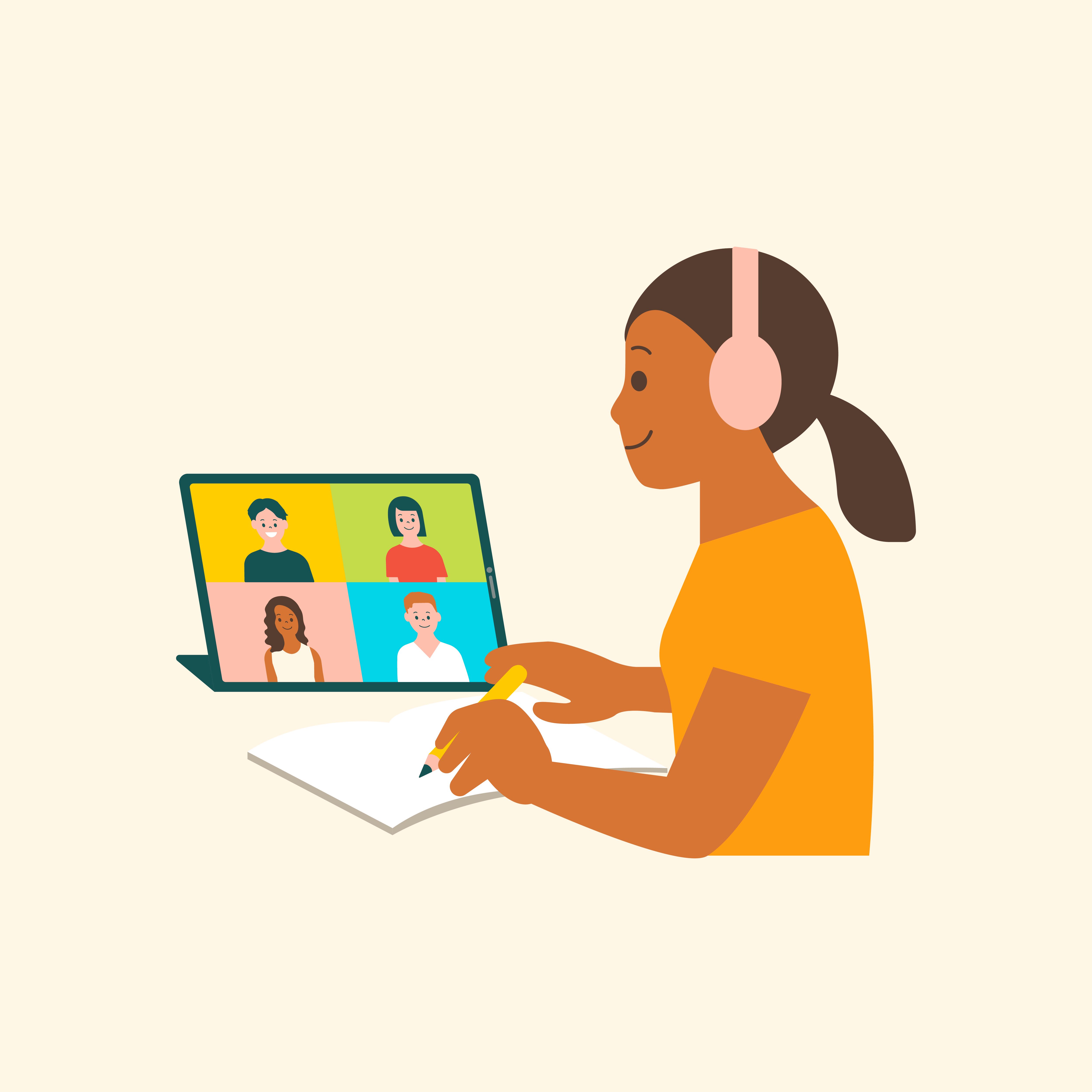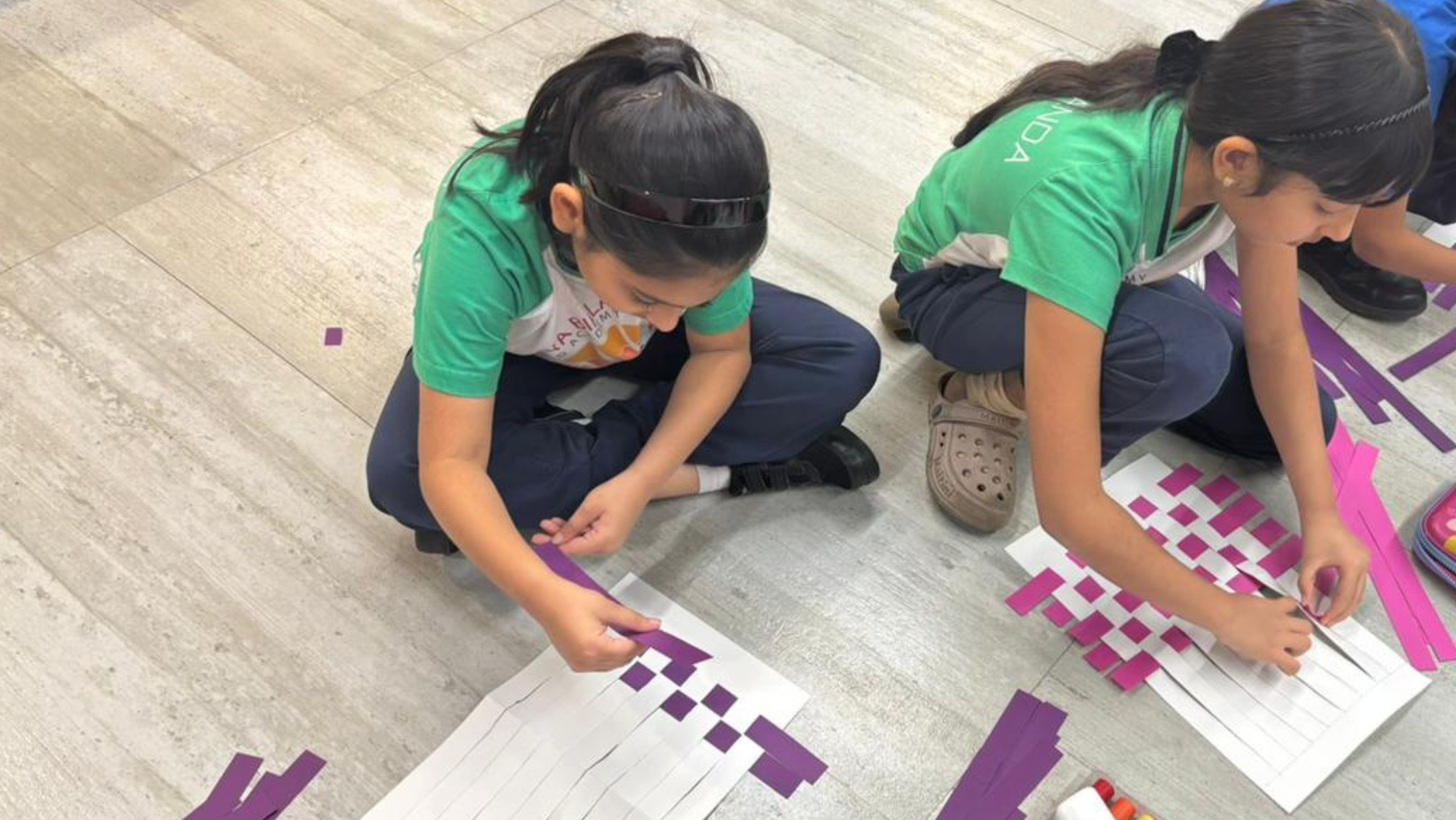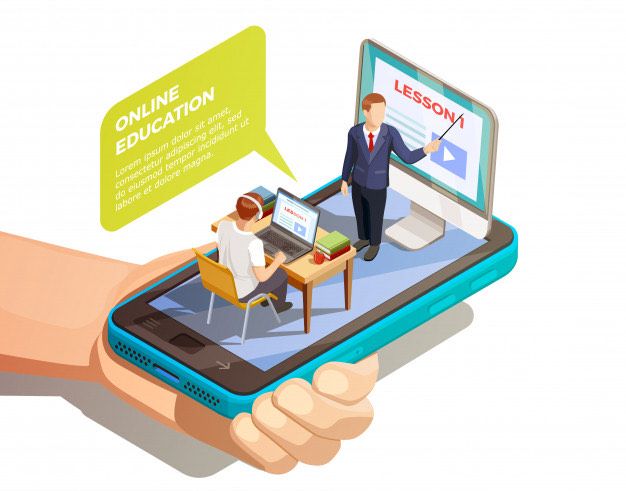The education sector is undergoing a dynamic transformation, driven by rapid technological advancements reshaping how we teach and learn. As we move into 2024 and 2025, digital trends are set to revolutionise educational experiences, making them more personalised, engaging, and efficient. From integrating artificial intelligence and machine learning to create tailored learning pathways, to the immersive possibilities offered by virtual and augmented reality, the landscape of education is evolving at an unprecedented pace. Blended learning models are becoming the norm, combining the best online and in-person instruction, while gamification techniques increase student motivation and participation. Being one of the best international schools in Mumbai, ABWA is always focused on these new trends as much as possible.
Trend 1: Artificial Intelligence and Machine Learning
Artificial Intelligence (AI) and Machine Learning (ML) refer to technologies that allow computers to learn from data and make decisions or predictions. AI and ML are becoming increasingly important in the education field because they can analyse vast amounts of data to improve teaching and learning processes.
Applications in Education:
One significant application of AI and ML in education is personalised learning. These technologies can tailor educational content to meet individual student needs, helping each learner progress at their own pace. AI-driven tutoring systems are also becoming popular. These systems provide students with instant feedback and support, mimicking one-on-one tutoring experiences. Another critical application is predictive analytics, where AI analyses student data to predict performance and identify those at risk of falling behind, enabling timely interventions.
Real-World Examples:
Several schools and universities are already using AI to enhance education. For instance, Georgia State University uses an AI-based chatbot to answer student queries and provide support, significantly improving student engagement and retention rates. Similarly, Carnegie Learning uses AI to create personalised learning experiences in subjects like math, helping students achieve better outcomes. These examples illustrate how AI and ML are transforming education by making it more adaptive and responsive to individual student needs.
Trend 2: Virtual Reality (VR) and Augmented Reality (AR)
Virtual Reality (VR) and Augmented Reality (AR) are cutting-edge technologies with significant educational potential. VR creates a fully immersive digital environment, while AR overlays digital elements onto the real world. Both technologies are transforming how students learn by providing interactive and engaging experiences.
Applications in Education:
VR and AR can create immersive learning environments that allow students to explore subjects in a hands-on way. For example, students can take virtual field trips to historical sites, museums, or even distant planets, making learning more exciting and memorable. These technologies also enable interactive simulations for complex subjects like science and history. Students can perform virtual experiments in a safe environment or witness historical events unfold around them, deepening their understanding of these topics.
Benefits:
The primary benefits of VR and AR in education are enhanced engagement and a better grasp of concepts. Immersive experiences capture students' attention and make learning more enjoyable. By interacting with the material in a three-dimensional space, students can better understand and retain complex information.
Trend 3: Online and Blended Learning Models
The shift from traditional classroom settings to online and blended learning models marks a significant evolution in education. Online learning allows students to access educational content from anywhere, while blended learning combines online and face-to-face instruction to create a more flexible and personalized learning experience.
Applications in Education:
In hybrid classrooms, in-person and online education are seamlessly integrated, offering the best of both worlds. This model accommodates different learning styles and provides greater flexibility for students and teachers. Students can benefit from flexible learning schedules, allowing them to learn at their own pace and access a wider range of courses that might not be available locally.
Trend 4: Gamification in Education
Gamification involves integrating game design elements into non-game contexts, such as education, to make learning more engaging and enjoyable. In education, gamification leverages the principles of game mechanics to motivate and encourage students, making the learning process more interactive and fun.
Applications in Education:
Gamification can be used in various ways to enhance student motivation and engagement. For example, teachers might incorporate point systems, leaderboards, and badges into their curriculum to reward students for completing assignments or mastering new skills. Educational platforms like Kahoot! and Duolingo use game elements to create a competitive and interactive learning environment, encouraging students to participate actively and consistently.
Benefits:
The primary benefits of gamification in education are increased student participation and improved retention of information. By making learning more appealing and interactive, students are more likely to engage with the material and persist in their studies. Additionally, the game-like elements can help reinforce concepts and skills, leading to better understanding and long-term retention.
Conclusion
The digital trends in education for 2024-2025, including AI, VR/AR, blended learning, and gamification, are revolutionizing how students learn and engage with content. These advancements promise personalized, immersive, and flexible educational experiences, enhancing student motivation and outcomes. As technology continues to evolve, these trends will shape a more dynamic, inclusive, and effective educational landscape, preparing learners for future challenges and opportunities.




























































































































































































































